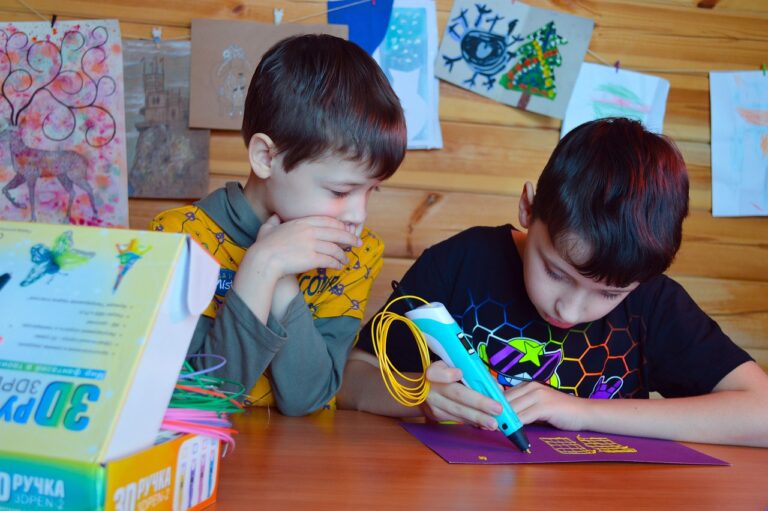Addressing Educational Inequity: Strategies for Closing the Achievement Gap
Despite significant advancements in educational approaches, challenges in the education system persist. One of the major issues is the achievement gap that exists between students of different socioeconomic backgrounds. This gap often leads to disparities in academic performance and opportunities for success. Additionally, overcrowded classrooms and limited resources further exacerbate the difficulties faced by educators in meeting the diverse needs of their students.
Another challenge in the education system is the lack of adequate support for students with special needs. Many schools struggle to provide appropriate accommodations and resources for these students, leading to barriers in their academic progress and overall well-being. Additionally, the pressure to perform well on standardized tests and meet strict curriculum requirements can create a stressful learning environment that may hinder students’ ability to reach their full potential.
Impact of Socioeconomic Factors on Academic Performance
Socioeconomic factors play a significant role in shaping a student’s academic performance. Research has consistently shown that students from low-income backgrounds tend to face more challenges in their educational journey compared to their more affluent peers. These challenges can range from limited access to resources such as books and technology to unstable home environments that may impact their ability to focus on their studies.
Furthermore, socioeconomic factors can also influence the quality of education that students receive. Schools in lower-income neighborhoods may lack the same level of resources and experienced teachers as schools in more affluent areas, leading to disparities in educational opportunities. This can create a cycle of inequality where students from disadvantaged backgrounds struggle to perform academically, perpetuating the divide between the haves and have-nots in our education system.
Effective Teaching Strategies for Diverse Learners
Implementing effective teaching strategies for diverse learners is crucial in creating an inclusive educational environment. One key approach is differentiated instruction, where educators tailor teaching methods to meet the individual needs of students. This can involve providing varied learning materials, adjusting the pace of instruction, and offering different ways for students to demonstrate their understanding.
Furthermore, promoting a culturally responsive teaching approach is essential for supporting diverse learners. By incorporating students’ cultural backgrounds, experiences, and perspectives into the curriculum, educators can enhance engagement and relevance in the learning process. This not only fosters a sense of belonging for students but also helps bridge the achievement gap by acknowledging and valuing their unique identities.





